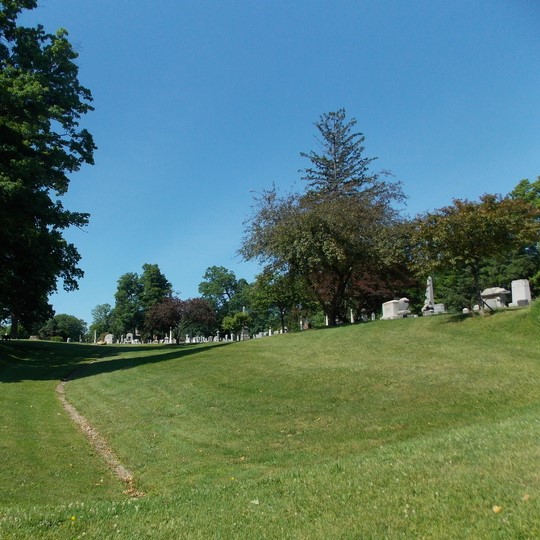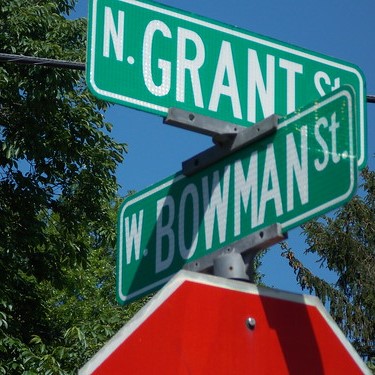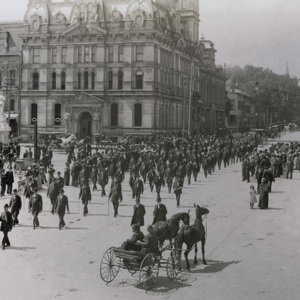The City of Wooster has a long and interesting history that dates back to the early 1800s. This exhibit will tell the story of those early decades through tales of early inhabitants, such as the Lenape (Delaware) people and early settlers, as well as those of how a small settlement started to become the city we know today.

Delaware Encounters
Before European settlers moved into the area now known as Wooster, the land was used as the hunting gound for the Erie tribes. Once settlers moved into Ohio territory, an effect of the Treaty of Fort Industry, they encountered many Indigenous people. The settlers perserved in their efforts and eventually settled in Beaver Hat Town.

Surveyors Come to Wooster
Though the signs of them are easy to overlook, reminders of the people who planned Wooster can be found all over town. These men named many of Wooster’s major streets after themselves, such as Bever, Larwill, and Grant street. Many of these early surveyors rose to local prominence in their day, becoming important political figures in both Wooster and the state of Ohio. Despite their public presence, mystery and controversy surround many of these early figures, making them a fascinating piece of Wooster’s story.

Pioneer Women
The women of the nineteenth century were essential for the survival and well-being of their families. Without them the household chores, such as cooking and cleaning, would not have been done. They often used their skills in sewing and weaving to earn extra money for their families. However, they lived with great uncertainty during this period. They could not always rely on their husbands to come home each night and sometimes had to protect their children from the dangers of the wilderness. Pioneer women helped provide the foundation that Wooster was created on.

From Frontier Settlement to Town
By the end of the nineteenth century, Wooster had shed its frontier-town reputation and was moving up in the world. The scale of local industry and number of local businesses had skyrocketed, packing the town with mills, grocery stores, Millineries, and more. There was a major increase in the size of the town’s population and, perhaps most noticeably, the prosperity of its residents had drastically improved.

